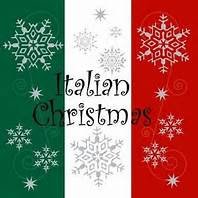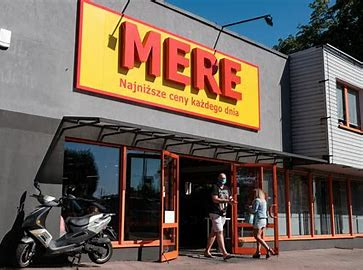ITALIAN CHRISTMAS
I haven't been in Italy for Christmas for a number of years now, but on the last occasion, I sat outside with family and friends overlooking the Tuscan hills and feasting on a lamb delivered the previous day by a local shepherd. Considering that Italy is 96 per cent Catholic, it is not surprising that Christmas is treated as a very important occasion. In addition to the religious traditions, the festivities centre on spending time with friends and family – and much like in Britain, the gathering of loved ones has a heavy focus on food. The difference lies in the specifics of the meal: what foods are prepared, when they are eaten and why they are deemed special enough to earn a place in the all-important Christmas menu.
The big meal for Christmas in
Italy, like many other European countries, is still the Christmas Eve feast. Traditionally, Italians would fast all
day on 24 December, then attend a late-night (or even midnight) Mass before
returning home to the banquet that has been in intense preparation all day. These days, many are more relaxed
about the rules of fasting. But the tradition of La Cena or Cenone della
Vigilia (the elaborate night-time meal) is still very much celebrated by the
vast majority of Italian families.
Depending on the region, the
traditional recipes cooked vary enormously. In Emilia-Romagna, for example,
the most typical dish for Christmas Eve consists of tortellini or cappelletti
stuffed with a meaty filling, floating in a deeply flavoured, rich broth made
from a capon. This is usually preceded by
paper-thin slices of a type of very special and expensive prosciutto, culatello
di Zibello, made with only the muscular part of the hind leg of pigs that were
born, raised and slaughtered exclusively in specific provinces within the
regions of Emilia-Romagna and Lombardia.
After the tortellini, the
celebrated cotechino di Modena is often served. This is a large, fresh pork
sausage containing pork meat, pork fat and pork rind. After hours of boiling,
it is often served with creamy mashed potatoes or lentils. Alternatively, there is bollito
misto – a huge combination of different kinds of meat, offal and poultry,
boiled together and served hot with mustard fruits or various sauces. This is
also typical of the nearby region of Piemonte.
Staying in Emilia-Romagna for
dessert, you could expect to be served pane di Natale, a cake made with wine
must, or pan speziale – also known as certosino – which is a typical speciality
of Bologna, made with candied fruit, nuts, honey, dark chocolate and cinnamon.
In Modena, the tradition is to finish
the Christmas feasting with deep-fried tortelli (a larger version of
tortellini) filled with custard or jam and dusted with icing sugar. In
Piemonte, you would be more likely to be served an apple mousse or a hazelnut
cake, but always, without fail, the much loved torrone (nougat) of the city of
Alba would be on offer.
Wherever the Christmas meal is eaten, it is a
special time for the family to get together and enjoy good food in harmony. Moving further south, you are
likely to experience a very different meal. In Rome and the surrounding region
of Lazio, for example, freshwater fish is traditionally served as a Christmas
main course, whereas Friuli-Venezia Giulia features tripe.
In the southern Basilicata, they go for 13 Christmas courses, all based on fish, whereas the Tuscan Christmas menu is often made up of game dishes. In the Abruzzi, no Cenone della Vigilia is considered complete without the soup called le virtù (the virtues), which contains meat, pasta, and dried and fresh vegetables and legumes, whereas in Sicily it is all about the swordfish. The only region that traditionally features roast turkey for Christmas on the menu is Le Marche.
If you are looking to add a bit
of Italian culture to your Christmas meal this year, there are plenty of ways
to do it. The best approach is to choose a specific region and dive more deeply
into their favourite Christmas dishes. Or start small and serve a butter-rich
slice of softly delicious panettone (from Milan) or pandoro (from Venice) for
dessert. The love and attention that
Italians put into their food daily is heightened for the Christmas meal. So any
real Italian Christmas feast, regardless of region, will be worthy of such a
special occasion.









Comments
Post a Comment